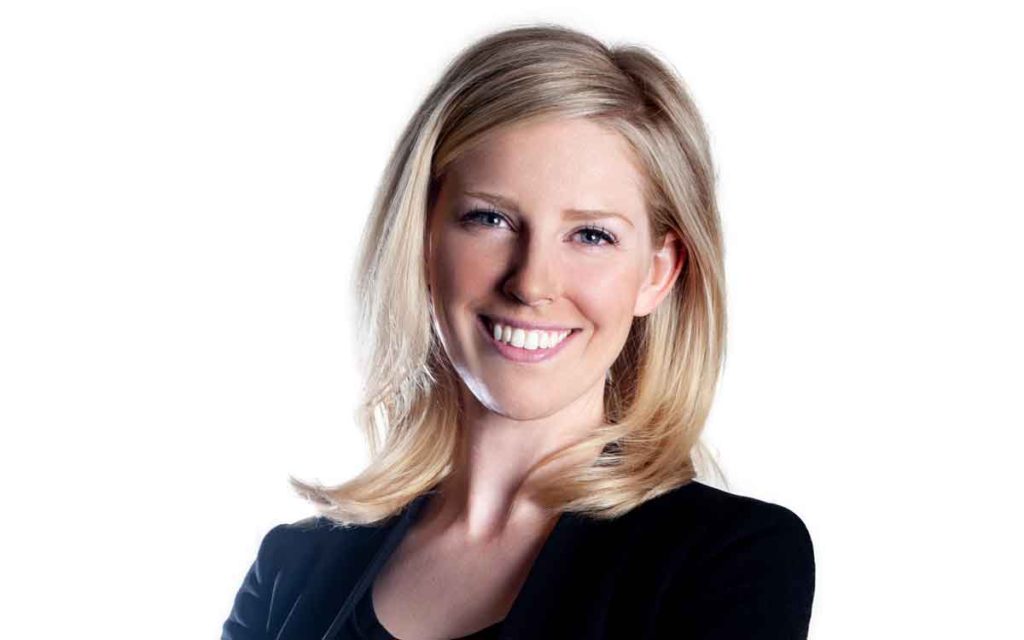
Jasmine Pickel is the Ontario director for the Canadian Taxpayers Federation.
They say, when delivering negative feedback, to use the sandwich approach: compliment, criticism, compliment.
So when it comes to the Ontario Progressive Conservative party’s financial performance, let’s start by commending the government’s Fiscal Sustainability, Transparency and Accountability Act, which improves transparency in public reporting. That includes the recently released first quarter report. Fixing the fiscal mess in Ontario requires being transparent with the populace about just how dire its finances are. So great work there.
However, if the report makes one thing clear, it’s that the government has a lot of work to do to get Ontario’s spending under control.
Premier Doug Ford’s government was elected to clean up the fiscal mess left behind by its predecessors — $325 billion of debt to be exact, which marks a staggering increase of 134 per cent from the time the Ontario Liberals took office in 2003. At the time of the June 2018 election, the previous government was spending $40 million more every day than it was collecting in revenue. Let that sink in for a moment.
Ontarians wanted spending restraint and hoped that a change in government could get the job done.
Much to the chagrin of any Ontarian who waited 15 years for the province to spend less and pay down debt, the new government brought more of the same: increased spending and growing debt. To the surprise of many, the Ford government’s spending has surpassed that of its predecessor at its moment of greatest excess.
In the lead-up to last year’s provincial election, it was not uncommon to hear of then-premier, Kathleen Wynne, satirically referred to as Santa Claus. Her government was, after all, offering all sorts of free gifts to Ontarians in an attempt to curry electoral favour.
In its March 2018 budget, for example, she had added $20 billion in new program spending. In total, her budget was set to cost $159 billion, an increase of nearly 12 per cent from the previous year. But despite the goodies on offer, Ontarians rejected overspending in a decisive move toward restraint and placed Doug Ford in the premier’s chair.
Shockingly, the budget that followed revealed Wynne’s plan could have been the cheaper option. In the 2018-19 fiscal year, the PC government spent a total of $163 billion — a whopping $4 billion more than the Liberal party had planned. Although the Auditor General cast significant doubt on the accuracy of the projected cost of the Liberals’ plan, the newly elected Progressive Conservative government raised eyebrows when it added $20 billion to the debt in its first year in office.
In response, Moody’s credit rating agency downgraded the province from “stable” to “negative,” which made the debt burden even more expensive. Although the Fitch ratings agency has returned the province’s credit rating to “stable,” based on the government’s plan to return to fiscal balance by 2023, Ontario’s debt burden continues to grow. Current interest charges on the debt are projected to be over $13 billion this year, which will eat up approximately nine per cent of revenue from the 2019-2020 budget plan. Interest charges on its debt are now the fourth largest expenditure line item on Ontario’s books, higher than spending on “training, colleges and universities,” which amounts to just over $11 billion.
Yet even with this all laid out clearly in its recently released report, the government has already spent an additional $182 million more than it budgeted for in April.
The dire and declining state of Ontario’s finances should concern everyone. Debt today means taxes tomorrow, and each Ontarian already owes more than $24,000 thanks to government overspending. Ontario’s debt grows by $523 each second. Ontarians pay $1.5 million every hour on interest alone.
A recent report by the Fraser Institute estimates that at the current rate of spending, an additional $42 billion will be added to Ontario’s debt from now until the government balances the budget in 2023 — which isn’t, conveniently, until after the next election.
Ontarians are counting on this government to control spending and pay down the provincial debt. There are many opportunities for savings — from corporate welfare to municipal waste — that the government needs to act on now, not in 2023.




















